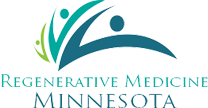Girk channels in cartilage development and repair
This project will help determine how proteins called Girk2 and Girk3 contribute to cartilage formation and repair in the setting of osteoarthritis. The investigators believe that osteoarthritis can be prevented if these proteins are absent or inactive. This work will lead to the development of better strategies to treat osteoarthritis.
